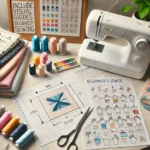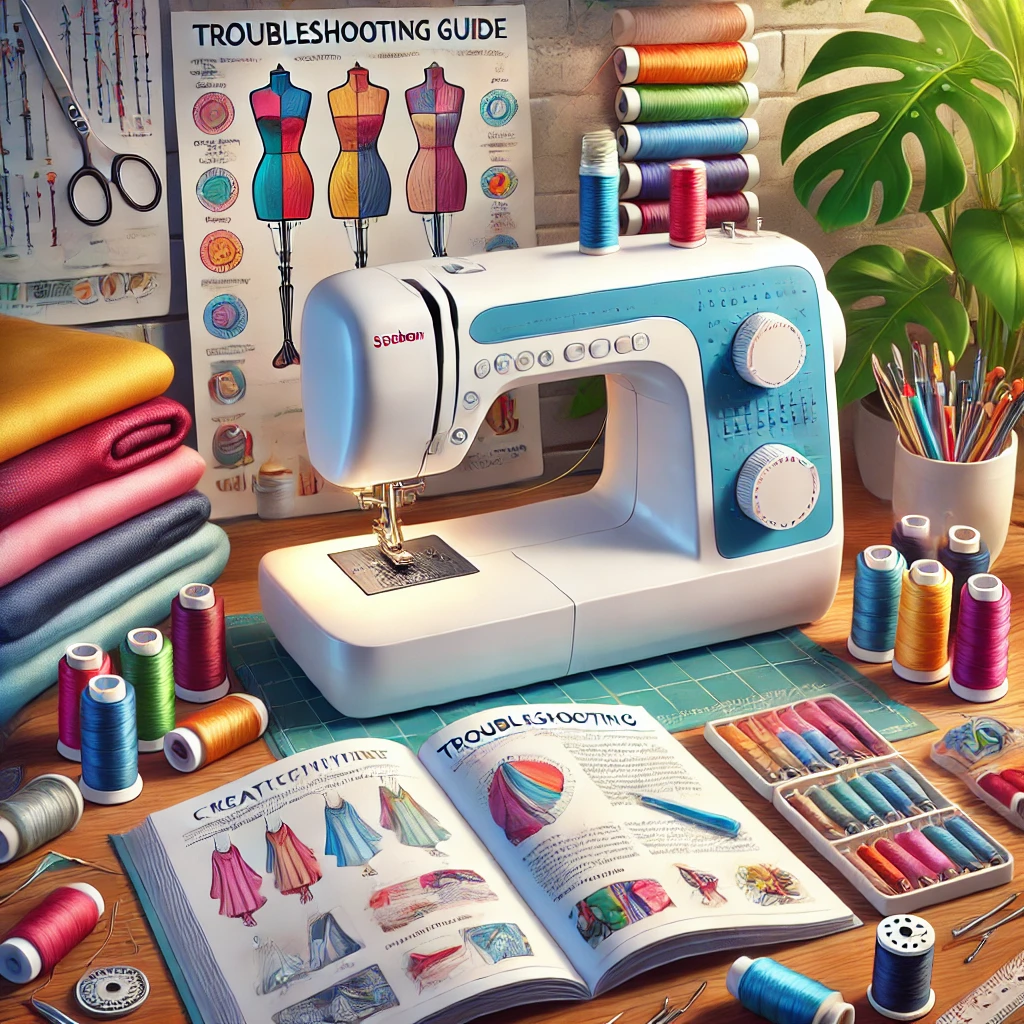Controlling the speed of a sewing machine is a key skill for beginners, allowing for precision and confidence as you sew. With practice and attention to technique, you can achieve smooth and even stitching. Here’s a guide to help you master speed control:
1. Understand Your Machine:
- Carefully read your sewing machine’s user manual to learn about its speed control mechanism.
- Determine if your machine uses a foot pedal, speed settings, or a combination of both.
2. Foot Pedal Control:
- Light Pressure:
- Begin sewing by pressing the foot pedal lightly. This will start the machine at a slower speed, making it easier to control the stitching.
- Practice running the machine for 5 minutes continuously with light pressure to develop control.
- Gradual Increase:
- As you gain confidence, gradually press the foot pedal harder to increase speed.
- Avoid sudden pressure, as it may cause the machine to sew too fast. Practice running the machine for 2 minutes continuously with heavier pressure, increasing the speed gradually.
3. Practice Smooth Acceleration and Deceleration:
- Focus on starting and stopping smoothly by gradually pressing and releasing the foot pedal.
- Avoid abrupt changes in speed to prevent uneven stitches or fabric mishaps.
4. Hand Placement and Control:
- Use both hands to guide the fabric through the machine:
- One hand should be positioned in front of the presser foot.
- The other hand should be placed behind the presser foot for steady movement.
- Coordinate your hand movements with the pressure on the foot pedal to maintain a consistent sewing speed.
5. Experiment with Different Fabrics:
- Test various fabrics to understand how speed adjustments affect stitch quality.
- For thicker fabrics, use slower speeds to prevent needle breakage and ensure proper stitch formation.
6. Utilize Speed Settings (If Available):
- Many machines offer adjustable speed settings. Experiment with these to find a comfortable pace for your projects.
- Speed settings allow you to maintain a consistent pace without relying solely on foot pedal control.
7. Practice on Scrap Fabric:
- Before working on your main project, practice sewing on scrap fabric to get accustomed to your machine’s speed response.
8. Take Your Time:
- Sewing is a skill that requires patience. Take your time to understand how your machine responds to different speed adjustments.
- Gradually refine your technique as you become more comfortable.
9. Seek Guidance:
- If you’re struggling with speed control, seek advice from sewing tutorials, books, or online forums.
- Experienced sewers can provide valuable tips and help troubleshoot common issues.
Final Tip:
- Consistent practice is the key to mastering speed control. Approach each session with patience and focus, and you’ll soon gain the confidence to handle any sewing project with ease!
Happy sewing!












